Rapid evolution of an adaptive multicellular morphology of Candida auris during systemic infection
- PMID: 38493178
- PMCID: PMC10944540
- DOI: 10.1038/s41467-024-46786-8
Rapid evolution of an adaptive multicellular morphology of Candida auris during systemic infection
Abstract
Candida auris has become a serious threat to public health. The mechanisms of how this fungal pathogen adapts to the mammalian host are poorly understood. Here we report the rapid evolution of an adaptive C. auris multicellular aggregative morphology in the murine host during systemic infection. C. auris aggregative cells accumulate in the brain and exhibit obvious advantages over the single-celled yeast-form cells during systemic infection. Genetic mutations, specifically de novo point mutations in genes associated with cell division or budding processes, underlie the rapid evolution of this aggregative phenotype. Most mutated C. auris genes are associated with the regulation of cell wall integrity, cytokinesis, cytoskeletal properties, and cellular polarization. Moreover, the multicellular aggregates are notably more recalcitrant to the host antimicrobial peptides LL-37 and PACAP relative to the single-celled yeast-form cells. Overall, to survive in the host, C. auris can rapidly evolve a multicellular aggregative morphology via genetic mutations.
© 2024. The Author(s).
Conflict of interest statement
Clarissa J. Nobile is a cofounder of BioSynesis, Inc., a company developing diagnostics and therapeutics for biofilm infections. All other authors declare no conflicts of interest.
Figures
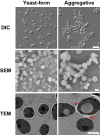
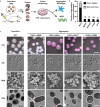

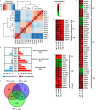


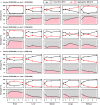
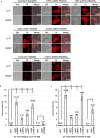
References
-
- WHO. WHO Fungal Priority Pathogens List to Guide Research, Development and Public Health Action. WHO https://www.who.int/publications/i/item/9789240060241 (2022).
MeSH terms
Substances
Grants and funding
- 31930005 and 82272359/National Natural Science Foundation of China (National Science Foundation of China)
- 32170193 and 32000018/National Natural Science Foundation of China (National Science Foundation of China)
- 32170193 and 32000018/National Natural Science Foundation of China (National Science Foundation of China)
- R35GM124594/U.S. Department of Health & Human Services | NIH | National Institute of General Medical Sciences (NIGMS)

